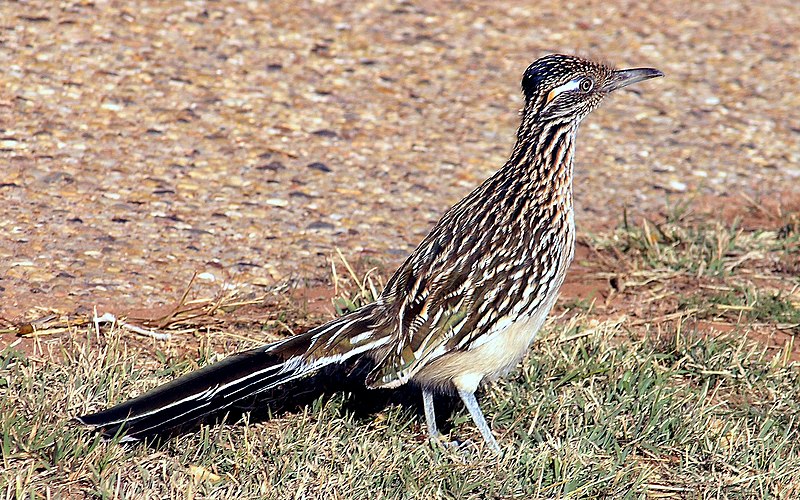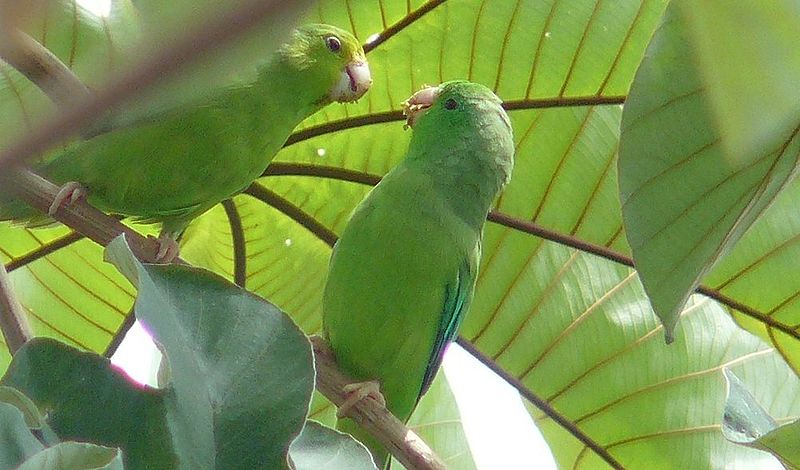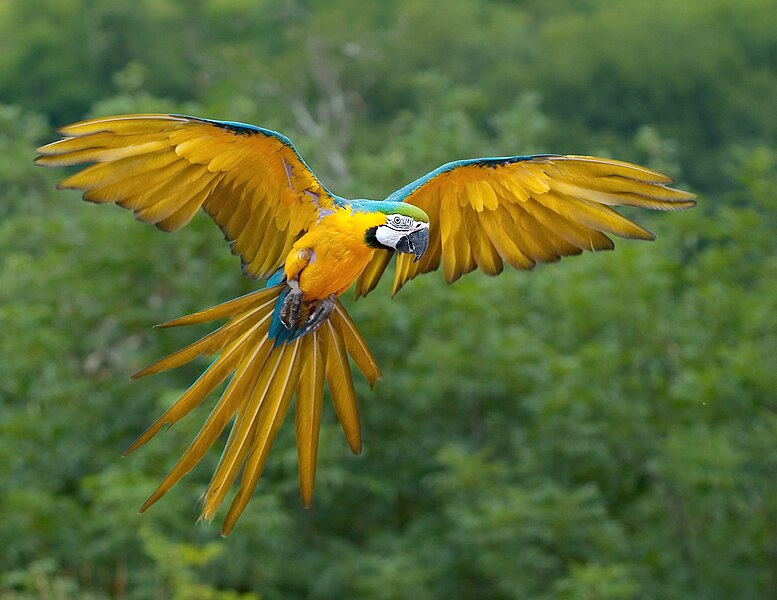 In a recent article, I suggested some techniques that can be used to keep your birds cool and safe during hot weather (please see article below). Today I’d like to take a look at recognizing and dealing with heat stress and heat stoke.
In a recent article, I suggested some techniques that can be used to keep your birds cool and safe during hot weather (please see article below). Today I’d like to take a look at recognizing and dealing with heat stress and heat stoke.
Note: the attached photos depict some North American birds that are well-adapted to desert habitats – the Roadrunner, Gila Woodpecker and Elf Owl.
Dangerous Places and Temperatures
Wild birds and pets kept in large outdoor aviaries rarely experience heat-related problems, no matter how high temperatures climb (of course there are limits – don’t try keeping your pet penguin outdoors in Las Vegas!). Read More »
 That Bird Blog – Bird Care and History for Pet Birds
That Bird Blog – Bird Care and History for Pet Birds




